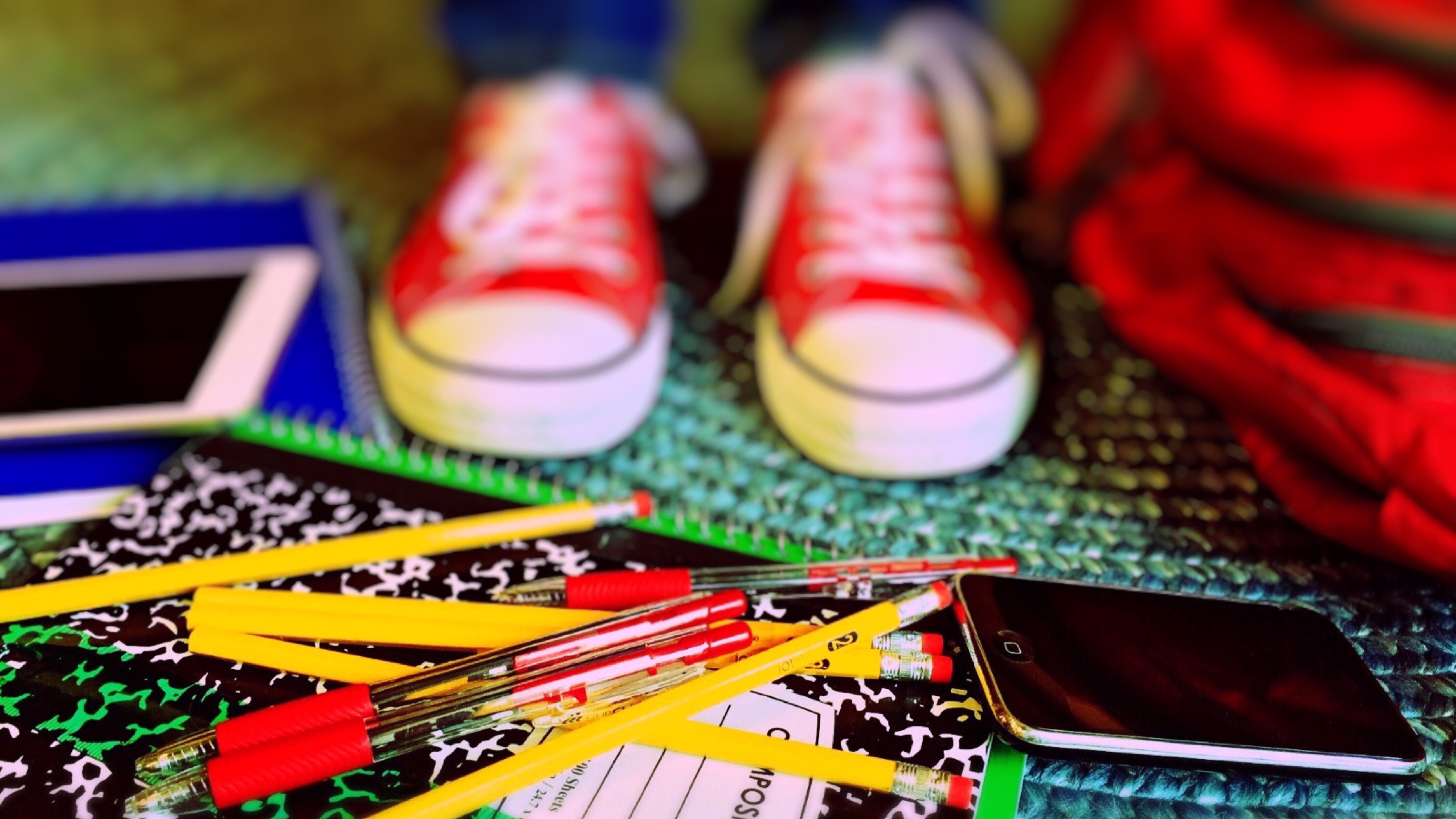
Some of the common comments that I hear from teachers about how students have changed over the past 10 to 20 years is that they have less of an attention span than they used to, play too many video games, and want everything instantly. The degree to which this is harmful to students is probably up for debate, but I think it is hard to argue against the premise. Today’s students have many more distractions than those who were in school a decade ago. There are probably numerous reasons for this, but most teachers would point to the influx of technology as the main culprit in this situation.
As we think about infusing our classrooms with engagement and technology, how often do we reflect on this ourselves? How much are we as a system contributing to the distractions that surround our students each and every day?
If we are honest with ourselves, we might admit that there is a danger to too much technology use in the classroom. We must use it with intention and purpose in order to make it worth doing, otherwise anything we do can just add to the distractions. And it really isn’t just technology that is a factor in this. Students are inundated with ads, billboards, print, electronic, and social media of all kinds. There is a tremendous amount of input for students—so much so that it can be hard to stay focused.
Here are some ways teachers can combat distractions in the classroom:
Only turn technology on when it is being used: Technology can be very engaging for students, but can also be a huge distraction at the same time. Unless there is a need as part of the lesson or the learning, technology should be put away. Some teachers allow students to listen to music while they work, but I have found that the amount of time students waste fiddling with changing songs and adjusting the volume turns it into a huge time-waster in the classroom. Not to mention that research does not support students being able to multitask. This is mainly a classroom management solution, but an easy one to help our students focus.
Only add the essentials to classroom walls: There is very interesting research that's come out in the last year that points to cluttered classroom walls as a distraction for students. To some extent, I think this makes sense to us as educators. The information that students are exposed to day in and day out is probably overwhelming for many. There are good strategies for using word walls and vocabulary displays to help support student learning, but if the walls aren't walls that teach, they are probably better off being walls that are bare.
Keep group work structured and maintain accountability: Student group work or cooperative learning is a great way for students to learn, but it can turn into a huge distraction if not structured well. Students need to be taught not only what is expected of them, but also what is expected of the other people in their group in order to maintain accountability. Another great strategy during group work is to make the learning visible in some way—classroom management is easier when the teacher can see productive groups from a distance.
When presenting, keep it simple: I recently attended a professional learning workshop by someone whose use of clip art was almost offensive. Each slide had at least five photos and two pieces of word art—it was nearly impossible to understand any of the content. This is an extreme example of course, but teachers need to be aware of the same impact. Visuals are great when they serve a purpose, but cluttering up our flat panel displays doesn't help anyone learn and can even be a distraction.
Identifying (and guiding!) distracting students: Finally, one of the other big distractions for students doesn’t come in the form of technology at all—it’s other students. Teachers can use many tools to help this, like separating students who are being distracting, giving students the tools to minimize distractions, and working with off-task students to ensure they have the tools to make better choices.
The are many other instructional tools that we can use to help offset distractions. Keeping to one topic at a time during instruction helps students to stay on track. Having desk and locker clean out days is also important to help students who might struggle with organization. All of these can help support our kids to stay focused.
Want to connect with fellow educators to discuss topics like this? Consider joining MimioConnect™, our interactive teaching community!



